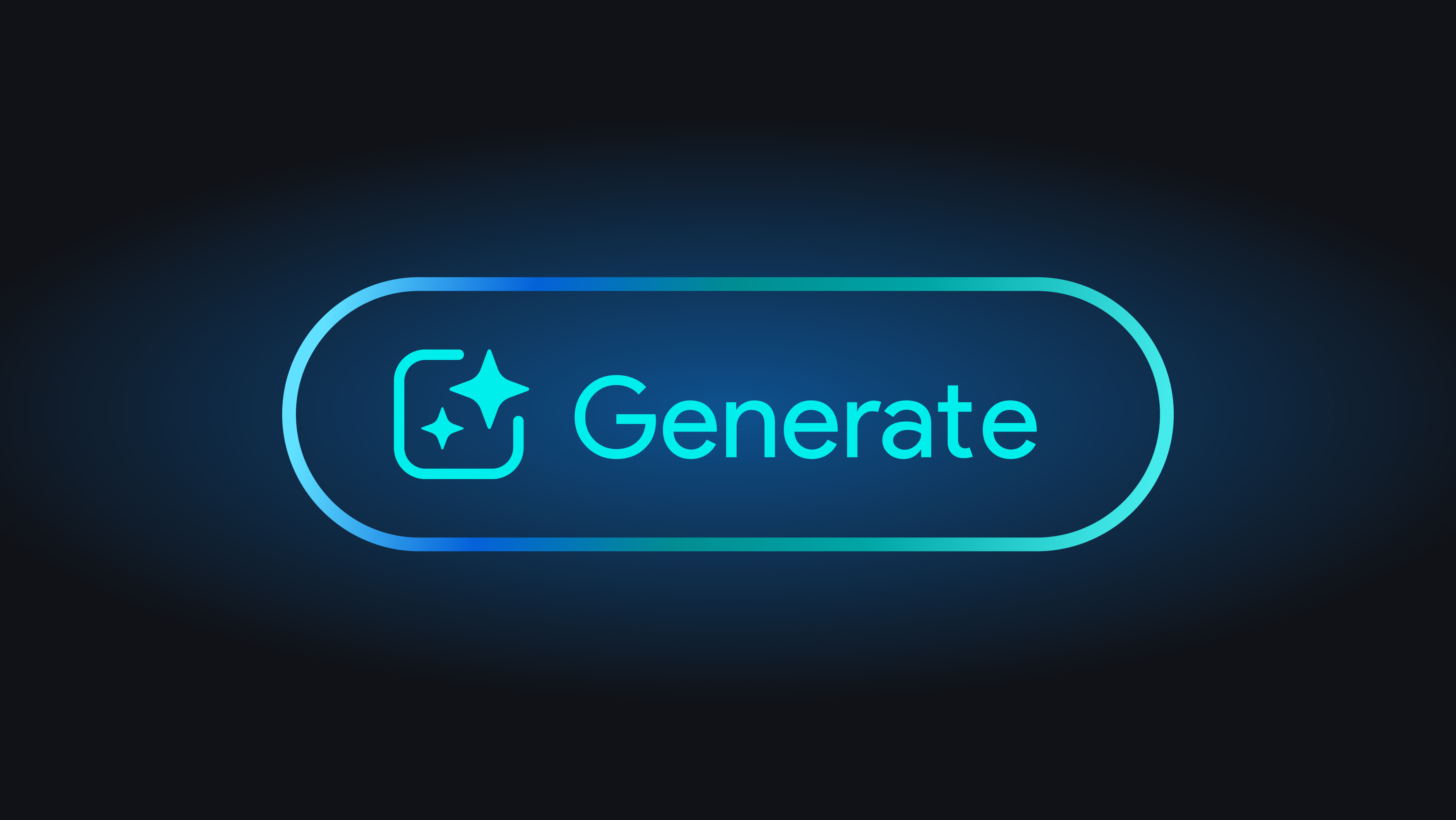How Much do 3D Renderings and Animations Cost?

Exploring 3D rendering and animation to visualize your product is an excellent decision, offering unmatched creative control and flexibility. But the next question naturally arises: how much does 3D rendering and animation cost? Before you get too excited about the possibilities, let's explore the factors that contribute to pricing and why rates for these services can vary widely.
Why the Price Variation?
If you've started researching 3D product rendering and animation services, you may have noticed that pricing can vary significantly and isn't always disclosed upfront. Often, you find a contact form instead of clear rates. This isn't about secrecy but rather the complexity and uniqueness of each project.
Freelancers and agencies operate differently; location and cost of living impact rates, and each project has distinct requirements.
Here’s a breakdown of what influences the cost of 3D renderings and animations.
Fixed Rate vs. Hourly Rate Contracts
Hourly Rate Contracts
Hourly rates are common among freelance 3D artists. They provide a clear understanding of how much you’ll pay for the artist's time. This can help you quickly rule out candidates outside your budget. However, there’s a risk of costs exceeding initial estimates, especially if the project scope expands. Hourly rates for 3D artists can range from $5/hr to $200/hr depending on their experience and skill level. Always ask for an estimated number of hours and contingency plans if the project takes longer than expected.
Fixed Rate Contracts
Fixed rates offer an upfront estimate for the entire project, usually including a few rounds of feedback. This pricing structure is preferred by most studios and agencies with experience in similar projects. Fixed rates provide clarity and help avoid unexpected costs. However, companies will need detailed project information to provide accurate quotes.
Factors Determining Project Costs
Reference & Direction
The amount and quality of reference material you provide significantly impact the cost. If your product exists with available photos or 3D CAD files, the process is quicker and cheaper than starting from scratch with only a rough sketch. Clear direction on camera angles, lighting style, and other details also helps streamline the process and reduce costs.
Scope of Work
The more work you want done, the higher the cost. For still 3D renderings, ask about per-image rates, and for animations, inquire about per-second rates. Volume discounts may be available for ongoing needs or bulk orders. Building a long-term relationship with a 3D artist or company can also lead to more flexible pricing.
Quality & Complexity
A simple product on a white background is cheaper than a product in a fully immersive 3D environment. The complexity of the product’s structure, materials, and the required image or video resolution also impact costs. Higher resolution and more detailed scenes require more time and effort, thus increasing the price.
Iterations & Revisions
Most projects include minor adjustments and tweaks, but projects with high ambiguity may need numerous revisions, particularly those requiring significant conceptualization. Clear communication and detailed references can help manage revision costs.
Timeframe
Projects with tight deadlines may incur rush fees. If your project requires expedited delivery, be prepared for higher costs. Planning ahead and allowing a reasonable timeframe can help manage your budget more effectively.
What to Expect
The cost of 3D product rendering and animation services varies widely based on the factors discussed. Basic needs may cost a few hundred to several thousand dollars, while complex projects with high-quality expectations can exceed five figures.
Start by defining your project needs and budget, then find a vendor with the experience and pricing structure that fits your requirements.
Wondering How Much Your 3D Product Animation Would Cost?
We provide free quotes to help you get a clear understanding of what you can expect. Reach out to us with your project details, and let's discuss how we can bring your product vision to life with stunning 3D renderings and animations.



